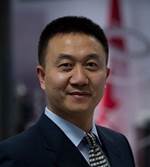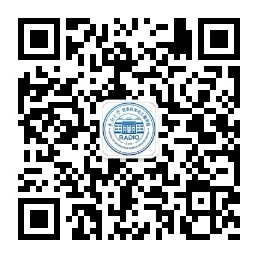Title:
Ocean Remote Sensing Using HF and X-band Radars
Time: 2024.04.22 Monday 14:30
Venue: Information Electronics Complex Building 1234A
Abstract:
In this presentation, the research on radar ocean remote sensing using high frequency surface wave radar (HFSWR) and X-band marine radar (XMR) will be introduced. Firstly, the basic principles of these two types of ocean radars will be explained. Next, the representative methods and some most recent results for different ocean remote sensing applications of HFSWR and XMR will be illustrated. The focus will be on sea surface current measurement, wind field mapping, and wave information extraction. Finally, some challenges and future directions about these two kinds of radars will be outlined.
Biography:
 Dr. Weimin Huang is a Professor in the Department of Electrical and Computer Engineering at Memorial University of Newfoundland, Canada. His research interests include the mapping of oceanic surface parameters via high-frequency ground wave radar, X-band marine radar, synthetic aperture radar, and global navigation satellite systems. He has authored more than 290 research refereed articles and edited a book.
Dr. Weimin Huang is a Professor in the Department of Electrical and Computer Engineering at Memorial University of Newfoundland, Canada. His research interests include the mapping of oceanic surface parameters via high-frequency ground wave radar, X-band marine radar, synthetic aperture radar, and global navigation satellite systems. He has authored more than 290 research refereed articles and edited a book.
Dr. Huang was the Chair of IEEE OES Current, Wave, Turbulence Measurement and Applications (CWTMA) Technology Committee. He is an Associate Editor of seven journals including IEEE Transactions on Geoscience and Remote Sensing. He is a Reviewer for more than 100 international journals and a Reviewer for many IEEE international conferences, such as RadarCon, International Conference on Communications, IEEE Global Communications Conference, IEEE International Geoscience and Remote Sensing Symposium, and Oceans. From 2018–2021, he was a Member and Co-Chair of the Electrical and Computer Engineering Evaluation Group for Natural Sciences and Engineering Research Council of Canada (NSERC) Discovery Grants. He was a recipient of Postdoctoral Fellowship from the Memorial University of Newfoundland; the Discovery Accelerator Supplements Award from NSERC in 2017; and the IEEE Geoscience and Remote Sensing Society 2019 Letters Prize Paper Award as well as some other teaching and research awards. He has been named on the World's Top 2% Scientists list by Stanford University.

